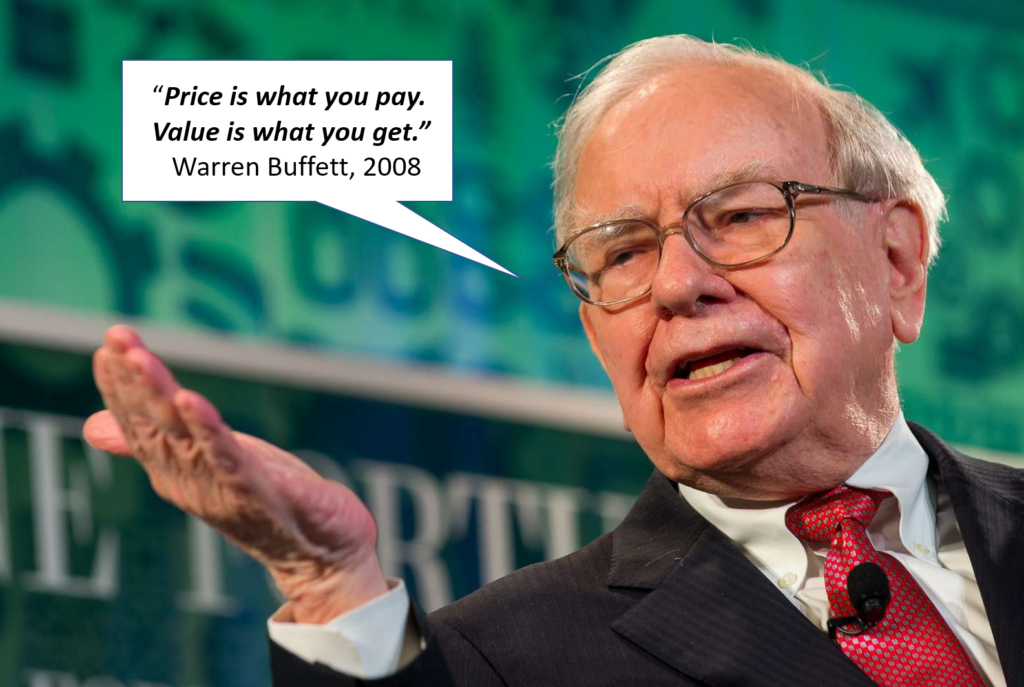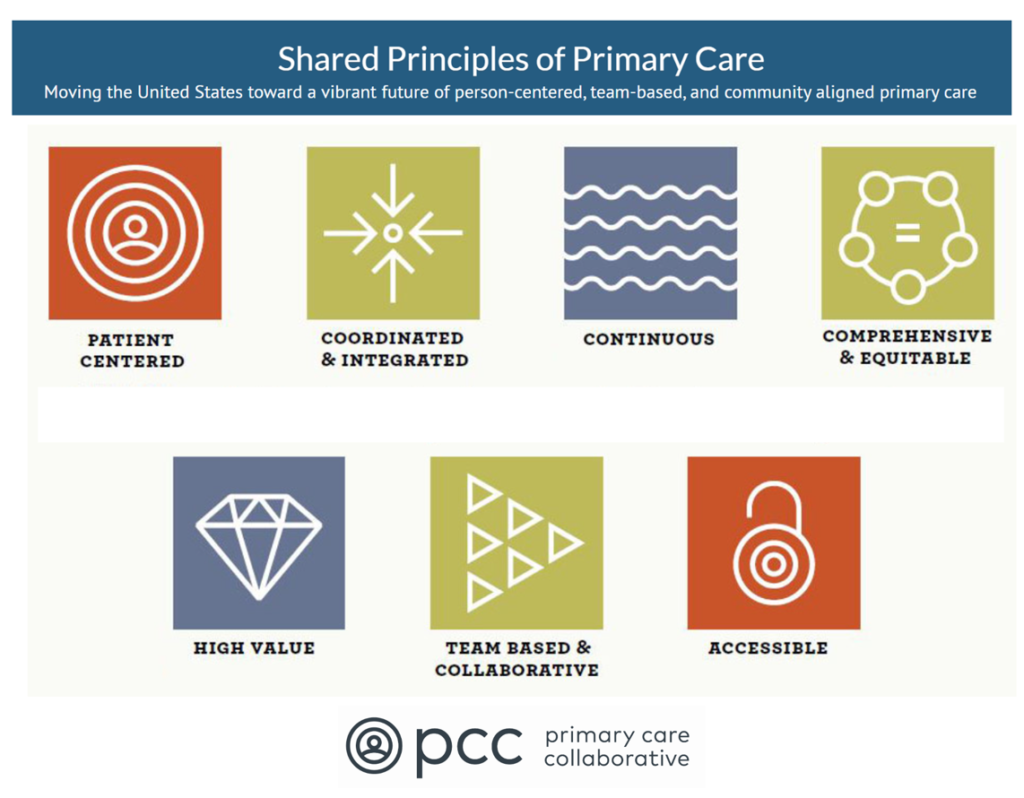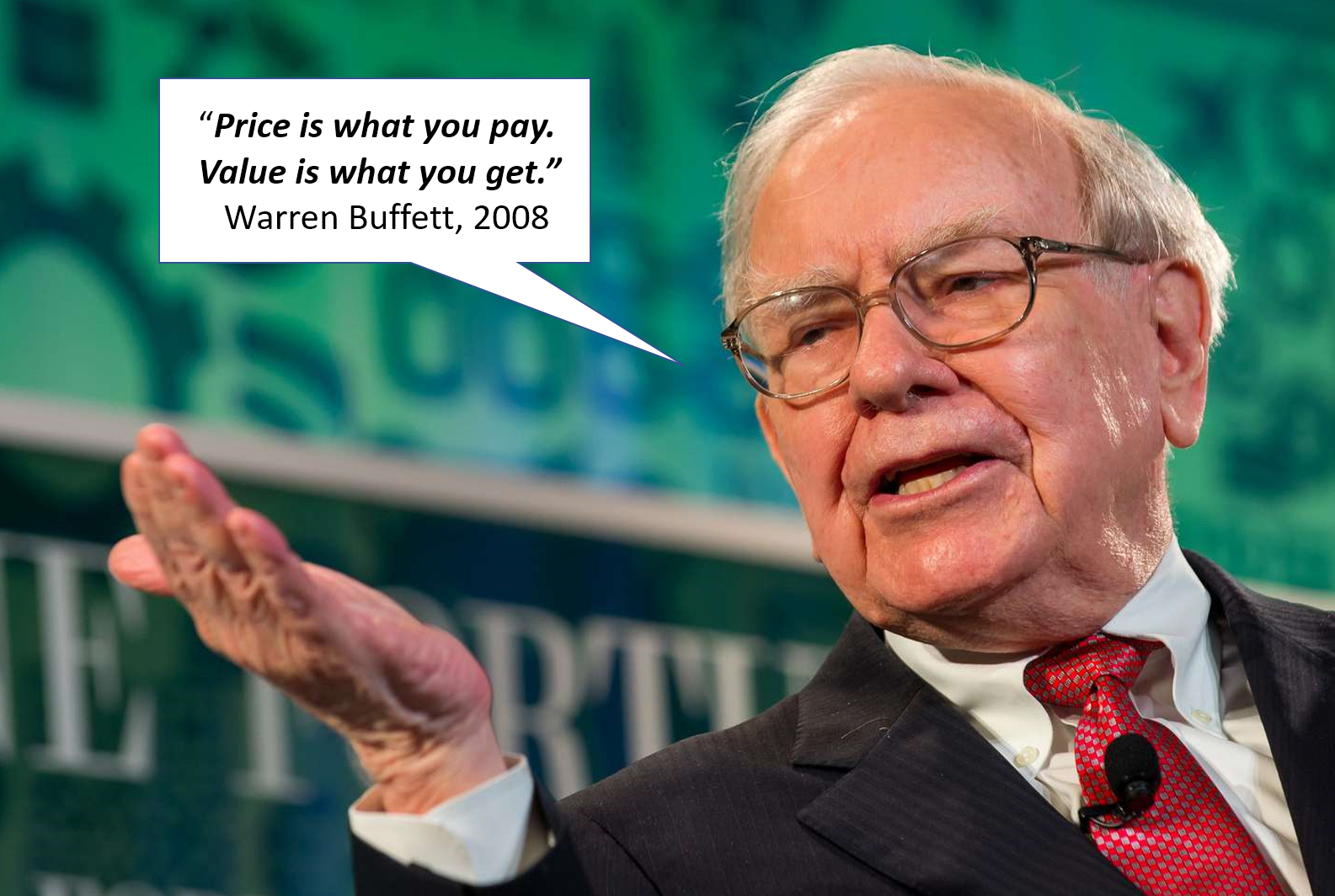The cost of health insurance for a worker who buys into a health plan at work in 2022 reached $22,463 for their family. The average monthly mortgage payment was $1,759 in mid-2022.

“When housing and health both rank as basic needs in Maslow’s hierarchy, what’s a health system to do?” I ask in an essay published today on Crossover Health’s website titled Value-Based Care: Driving a Social Contract of Trust and Health.
The answer: embrace value-based care.
Warren Buffett wrote Berkshire Hathaway shareholders in 2008, asserting that, “Price is what you pay. Value is what you get.”
The U.S. health care system continues to be so much about prices — as Uwe Reinhardt and colleagues advised us in the seminal Health Affairs article from 2003, “It’s the Prices, Stupid.” Buffett and Reinhardt et. al. have a lot to teach us about value-based care.
How did we get here? Check out this 1940s ad from Blue Cross (“Plan for Hospital Care”) and Blue Shield (“Plan for Doctor Care”).

These were the early days of fee-for-service healthcare in America. Back in that day, “1 family in 3 got a hospital bill” and “A doctor bill came with each hospital bill…most likely for surgery.”
Now that doctor and that nurse, the latter pictured here all smiles as she promotes “the protection that every family needs most,” are at-risk of leaving the health care workforce due to burnout, earlier-than-planned retirement, or pandemic-related stress.
With unsustainable costs, clinician brain-drain, and the continued risks of the drivers of health on millions of health citizens, we need to call on a value-based care regime to underpin health care in the U.S.

In my call-to-action for VBC, I call out four pillars to bake into the payment paradigm:
- Implement a hybrid care model with a strong primary care backbone, incorporating the shared values of primary care defined by the Primary Care Collaborative
- Address the drivers of health across the many risks that can diminish, or bolster, peoples’ well-being
- Deploy interdisciplinary care teams, and,
- Apply user-centered (UX) and service design principles to improve consumers’ experience with health care that favorably compare with other industries people encounter every day.
As attendees of HLTH brainstorm digital health innovations and shiny new things in health-tech, consider the larger health/care ecosystem, health economics, and the well-being of both patients and their doctors, nurses, and other members of their care teams.
Think sustainability for health and health care. Think value-based care.
Read more on Value-Based Care: Driving a Social Contract of Trust and Health on Crossover Health’s site.





 I am so grateful to Tom Lawry for asking me to pen the foreword for his book, Health Care Nation,
I am so grateful to Tom Lawry for asking me to pen the foreword for his book, Health Care Nation,  I love sharing perspectives on what's shaping the future of health care, and appreciate the opportunity to be collaborating once again with Duke Corporate Education and a global client on 6th May. We'll be addressing some key pillars to consider in scenario planning such as growing consumerism in health care, technology (from AI to telehealth), climate change, and trust -- the key enabler for health engagement or dis-engagement and mis-information. I'm grateful to be affiliated with the corporate education provider
I love sharing perspectives on what's shaping the future of health care, and appreciate the opportunity to be collaborating once again with Duke Corporate Education and a global client on 6th May. We'll be addressing some key pillars to consider in scenario planning such as growing consumerism in health care, technology (from AI to telehealth), climate change, and trust -- the key enabler for health engagement or dis-engagement and mis-information. I'm grateful to be affiliated with the corporate education provider  Thank you FeedSpot for
Thank you FeedSpot for